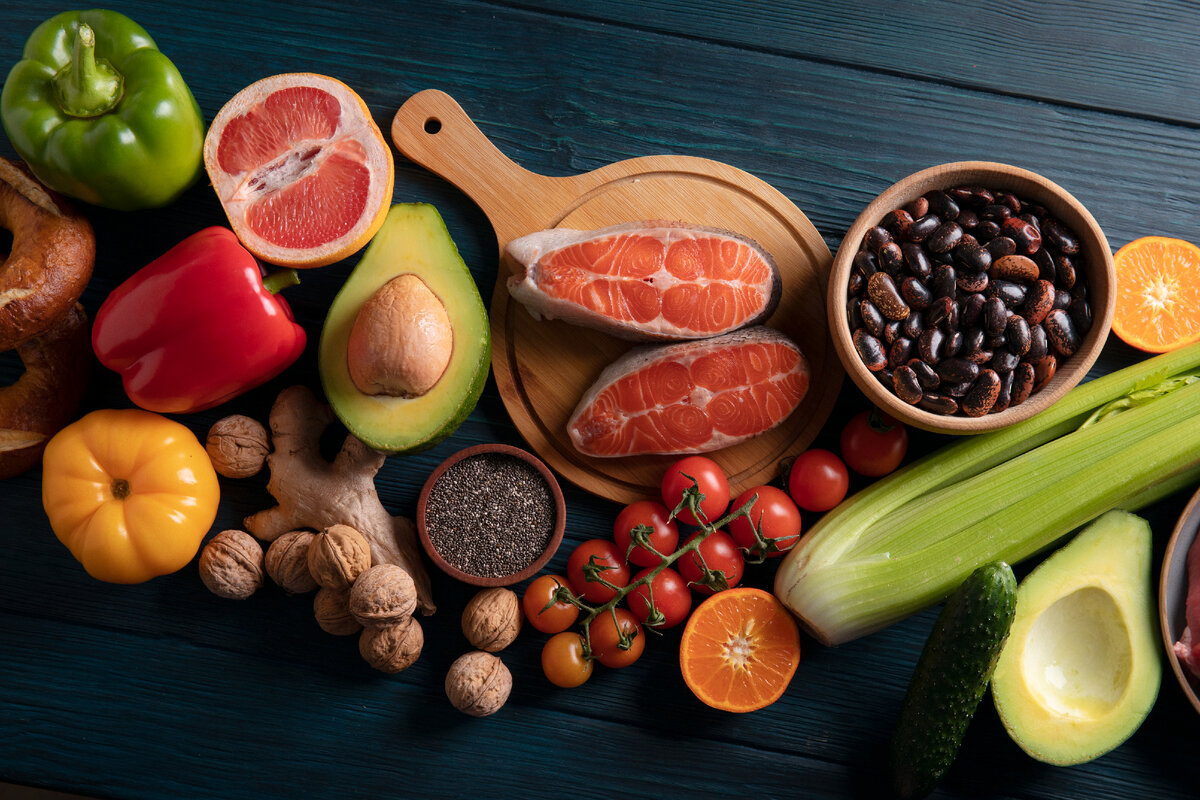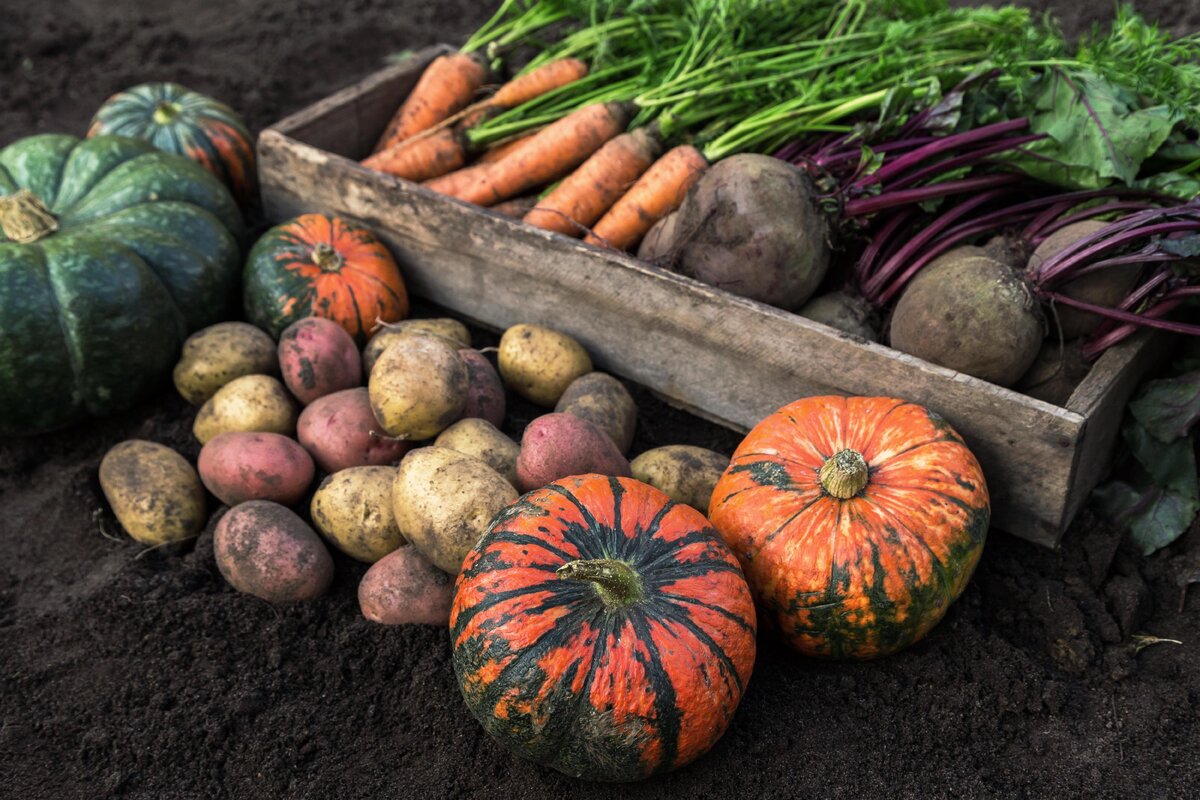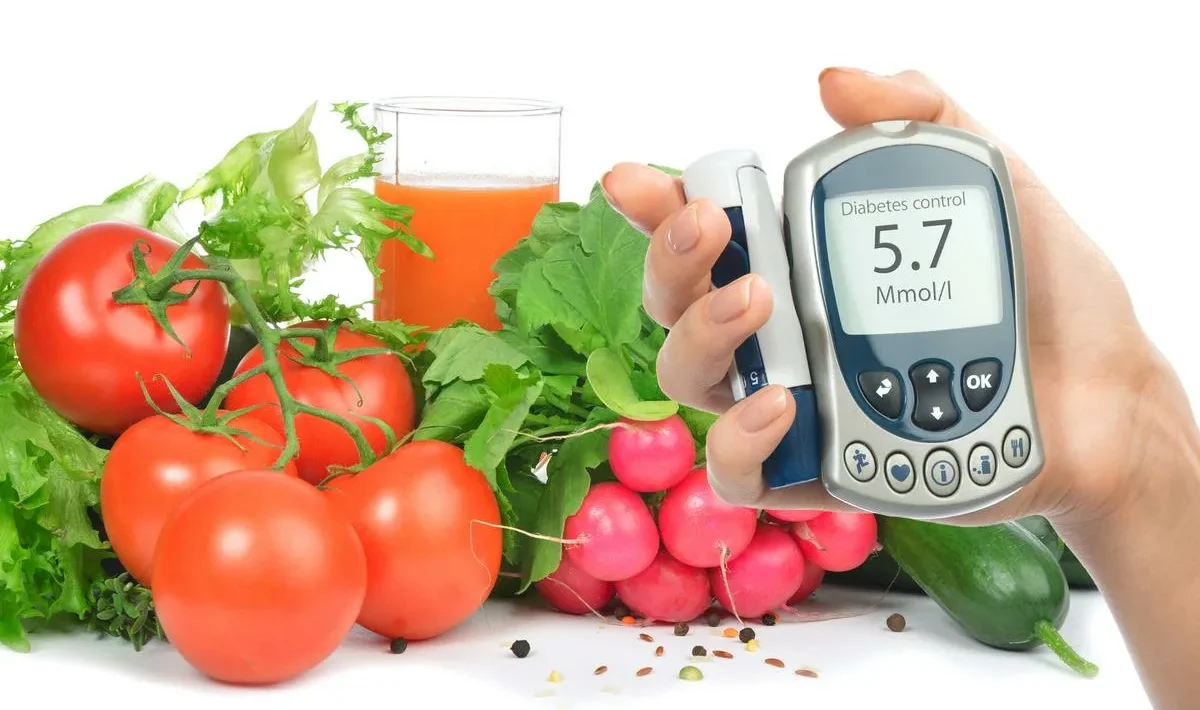Some of the foods considered staples in the kitchen can cause rapid increases in glucose. Keys to choosing the best alternatives to take care of your metabolism and reduce the risk of developing chronic diseases.
Did you know that it’s not just desserts and soft drinks that can cause blood sugar spikes? Many savoury foods found in kitchens every day are part of a little-known list of foods responsible for raising glucose levels, a phenomenon that, if repeated frequently, can have consequences for health. Identifying these foods and learning how to replace them is essential for keeping blood sugar in check and preventing diseases such as type 2 diabetes.
According to the Academy of Nutrition and Dietetics, glucose spikes can occur after consuming both sweet and starchy foods, as the body converts most carbohydrates into glucose quickly.
In this context, the concept of a blood sugar spike refers to a rapid rise in glucose after a meal and occurs when there is too much sugar circulating and the pancreas does not produce enough insulin to normalise levels, as this hormone is responsible for “opening the door” for glucose to enter cells and serve as a source of energy.
The problem arises when these spikes become frequent or excessive. According to nutritionist Misbah Ameen-Khan, this puts constant stress on the pancreas, which can lead to insulin resistance: cells stop responding efficiently and leave out more glucose than is healthy.
This is the prelude to the development of type 2 diabetes. But that’s not all. The body responds to excess glucose by storing the extra sugar as fat, especially abdominal fat, which leads to weight gain. This excess weight also perpetuates insulin resistance and creates a cycle that is difficult to break.
According to the American Diabetes Association (ADA), the effect of carbohydrates on blood glucose is related not only to their taste, but also to their chemical structure and level of processing; refined flours and starches found in bread, white rice and potatoes have the same or greater impact on glucose than many sweet foods.
Is there a way to minimise these spikes at mealtimes? There are two strategies recommended by specialists to keep glucose more stable: food choice and combination. The article published in ADA highlights that selecting foods based on their glycaemic index (GI) and combining them with fibre, protein or healthy fats slows down glucose absorption and reduces the magnitude of postprandial spikes, improving metabolic control even in those without diabetes.
The GI is a scale that measures how quickly a food raises blood glucose: foods with a GI of 55 or less are considered low, while those above 70 are considered high. Low-GI carbohydrates, such as whole grains, legumes, and many fruits and vegetables, release glucose more slowly and cause fewer spikes.
The latest international systematic review published in the American Journal of Clinical Nutrition consolidates the glycaemic index (GI) of hundreds of everyday foods and shows that foods with a high GI — such as white rice, white bread, rice noodles, potatoes, corn and pumpkin — raise blood glucose quickly and significantly, while options such as whole grains, legumes and many vegetables have a much smaller impact.
Replacing high-glycaemic index foods with wholemeal options helps control glucose.

1. White rice (GI 73)
White rice is a common component of many diets, but its high glycaemic index causes rapid increases in glucose levels.
In contrast, quinoa (GI 35) is a suitable alternative, as it contains higher amounts of protein, fibre, and minerals. It is also a plant-based source of complete proteins, improves the glycaemic profile, and can be easily incorporated into soups or salads to stabilise the metabolic response.
The international study of glycaemic values supports these differences and suggests prioritising whole grains such as quinoa to avoid sudden spikes in sugar.
It is recommended to replace white bread with sourdough bread.
2. White bread (GI 75)
White bread, widely consumed, has a high glycaemic index that causes significant increases in glucose levels after ingestion.
In contrast, sourdough bread (GI 54) is more recommended due to its prolonged fermentation, which contributes to a lower glycaemic impact.
According to the same source, freezing bread before toasting it promotes the generation of resistant starch, which helps to further reduce the increase in glucose and facilitates better metabolic management.
Soba noodles have a lower glycaemic index than rice noodles
3. Rice noodles (GI 65)
Rice noodles, found in many oriental recipes, have a high glycaemic index and can cause blood sugar spikes after consumption.
Replacing them with soba noodles (GI 45), made from buckwheat, provides more fibre and limits the effect on glucose levels.
Cooking and cooling the noodles before adding them to cold salads helps to better control the release of glucose, according to the study.
Cauliflower appears to be an interesting alternative to potatoes.

4. Potatoes (GI 78)
Potatoes stand out among common vegetables with the highest glycaemic index, especially when consumed baked, boiled or mashed. This characteristic increases the tendency for rapid rises in blood sugar.
In contrast, cauliflower (GI 15) allows for similar preparations, such as mashed or baked, but with a much lower glycaemic impact.
Choosing low GI vegetables helps maintain a better metabolic response, according to comparative international glycaemic index records.
Edamame has a lower glycaemic index than sweetcorn.
5. Sweetcorn (GI 60)
Although sweetcorn contains fibre and is commonly used in various dishes, its medium-high glycaemic index can contribute to more marked increases in glucose when eaten in large quantities.
Alternatives such as edamame (GI 16), a source of complete proteins, fibre, and healthy fats, offer a more stable glycaemic response.
Including edamame in salads or stir-fries is an effective way to moderate the impact on blood sugar, according to the data collected in the GI table.
It is recommended to consume carrots rather than pumpkins.
6. Pumpkin (GI 64)
Pumpkin is notable for its beta-carotene content, although its glycaemic index can cause rapid rises in glucose, especially with frequent consumption.
Carrots (GI 39), which also provide antioxidants, are a better alternative for regular consumption due to their lower impact on blood sugar.
Adjusting your diet does not mean giving up flavour or variety, but rather understanding how different foods react in your body and adopting choices that protect your long-term health without changing your routine too much.





